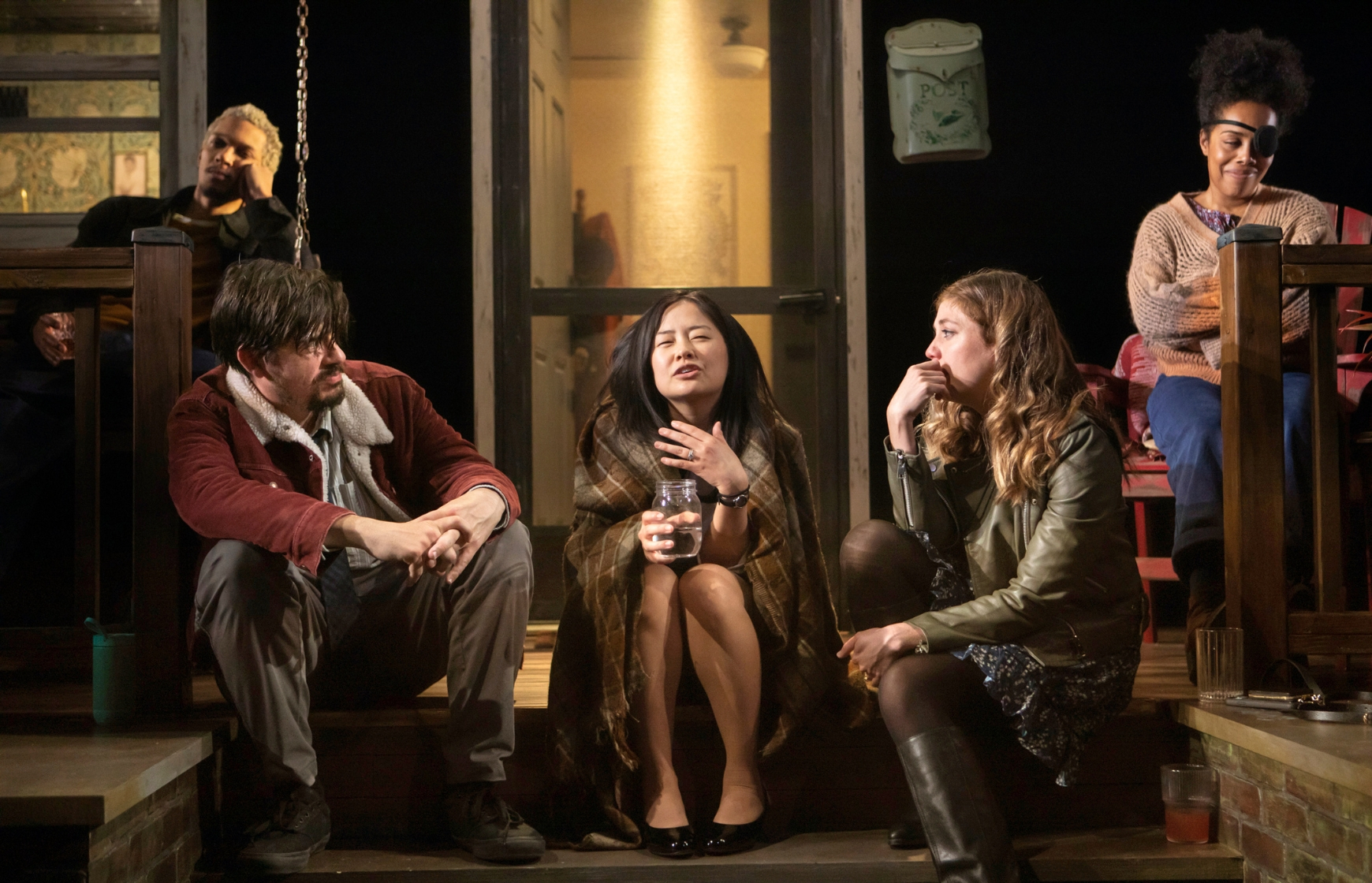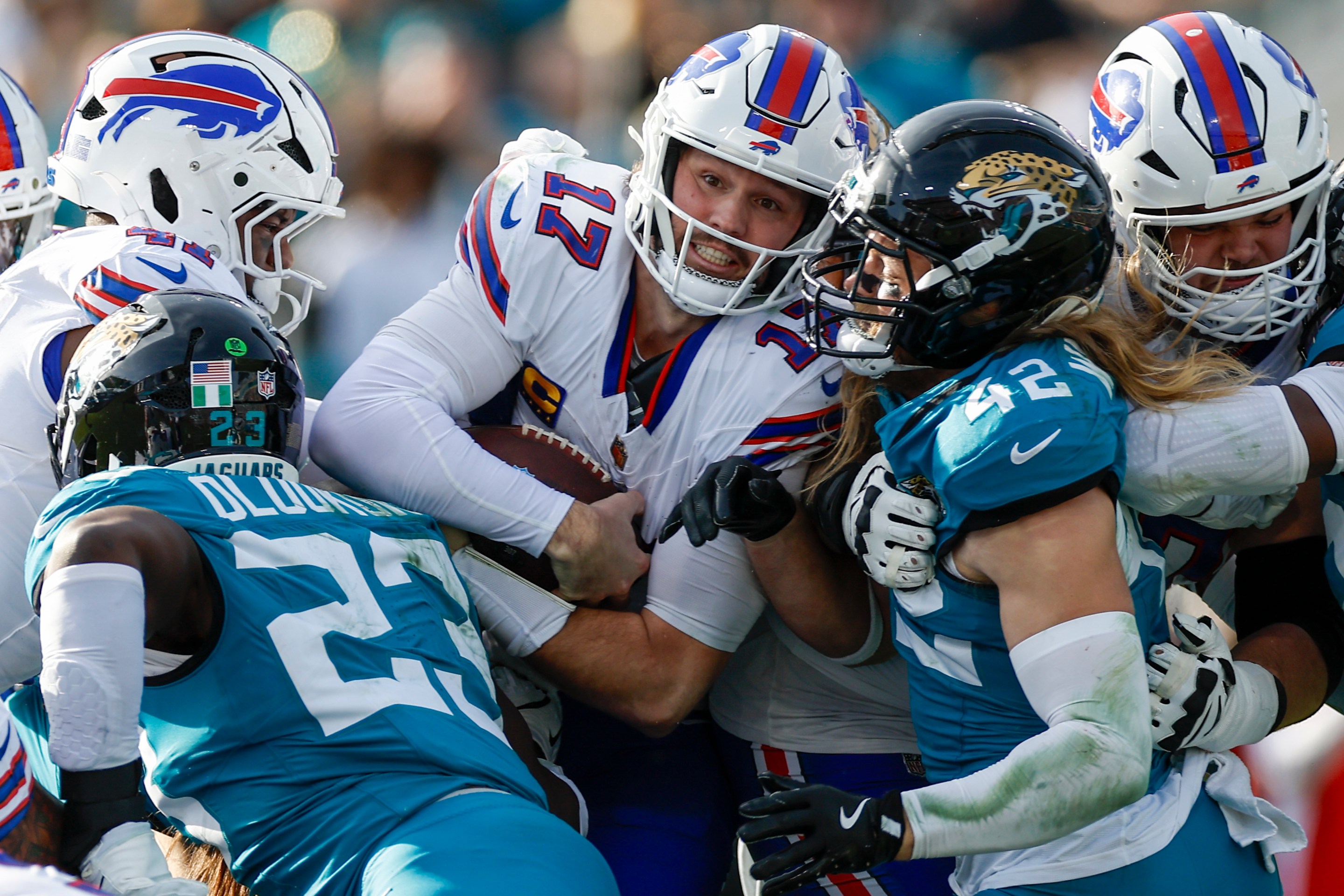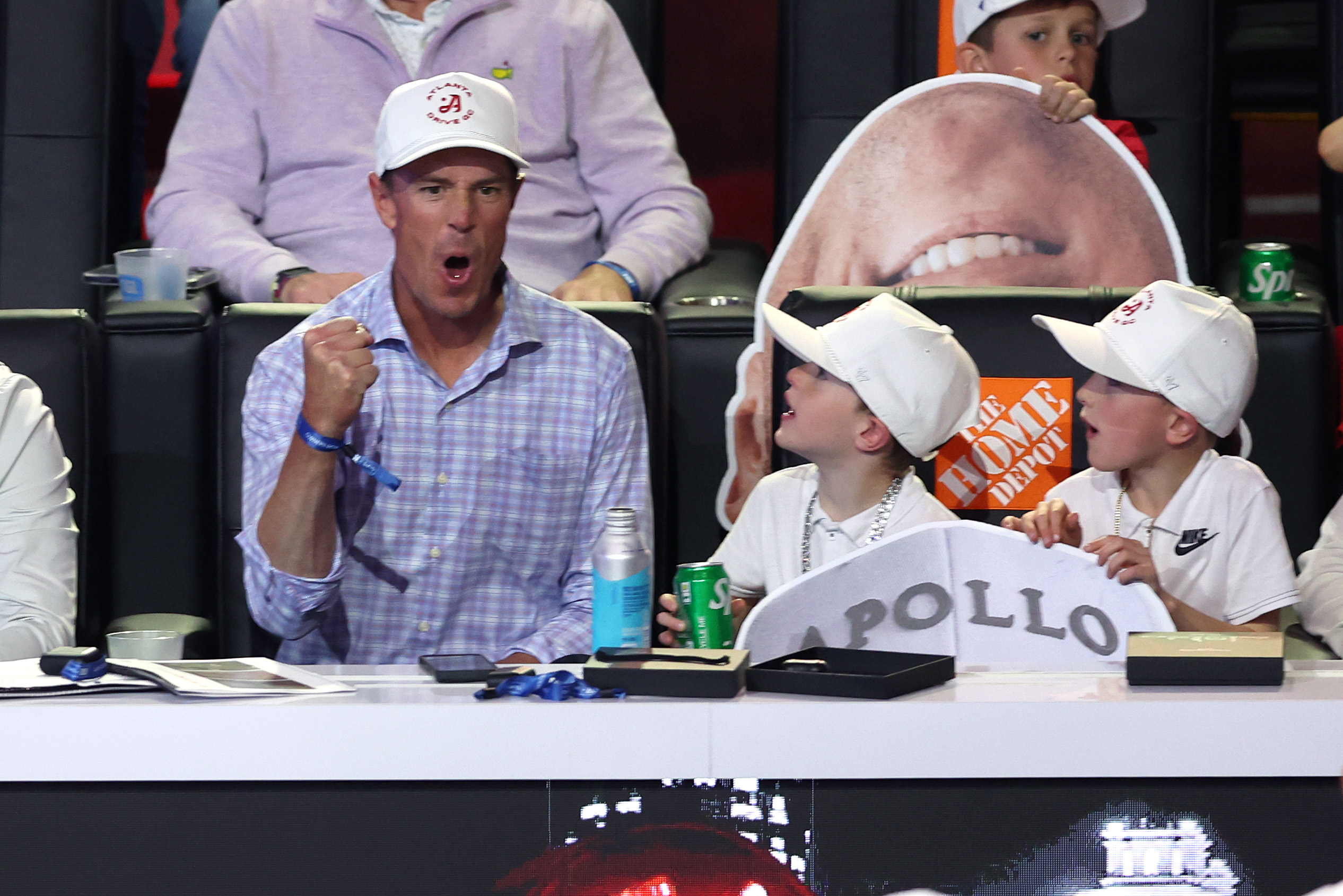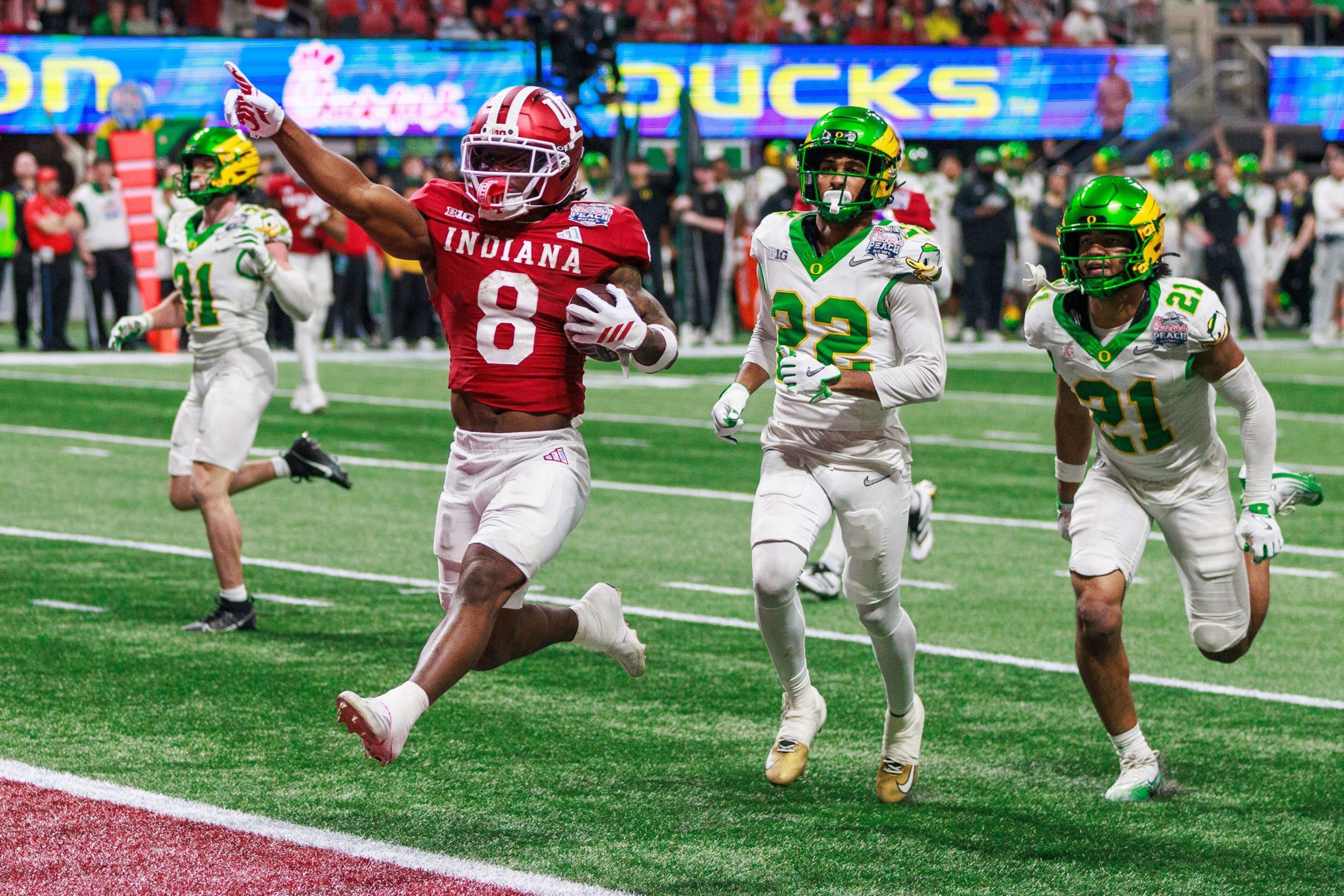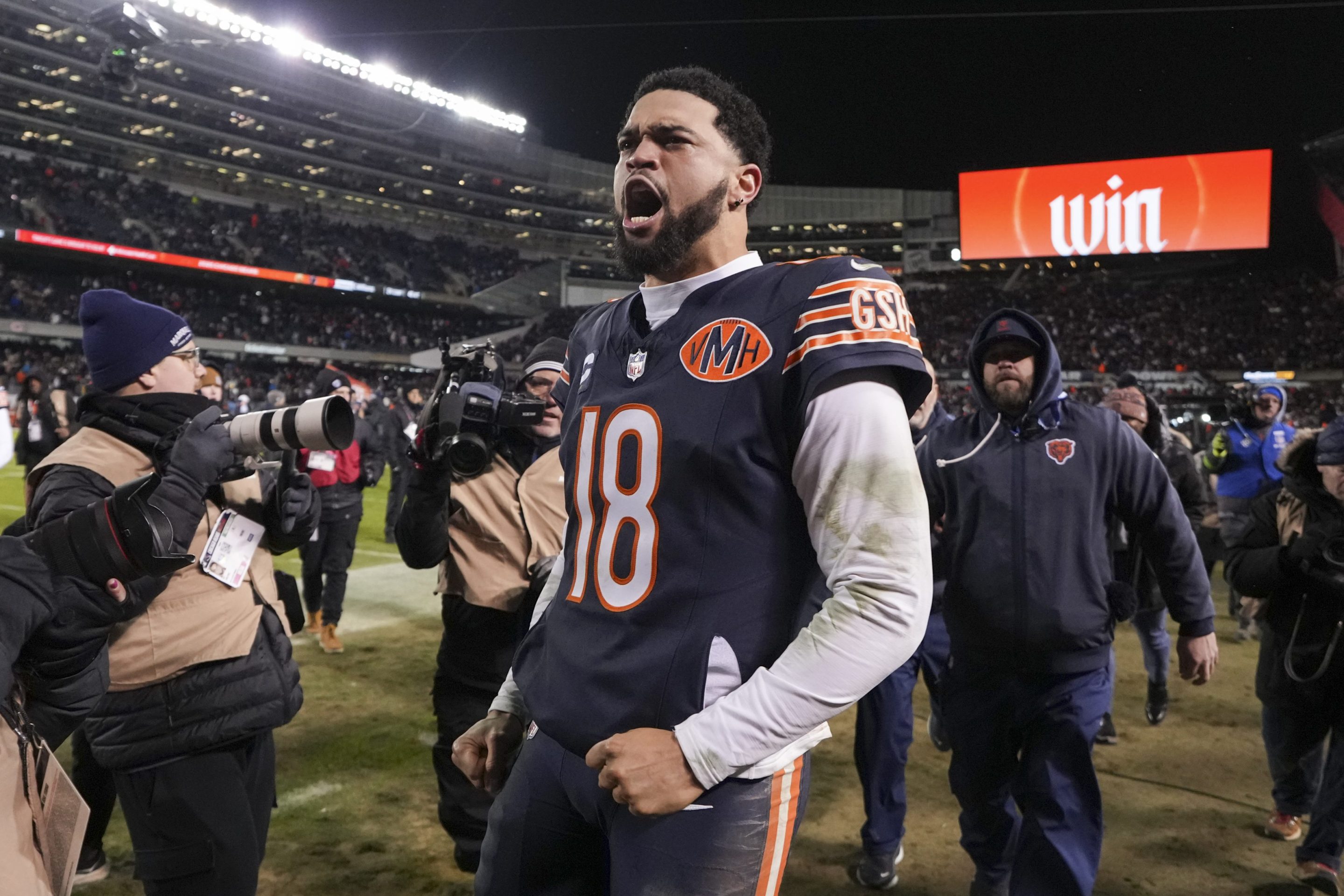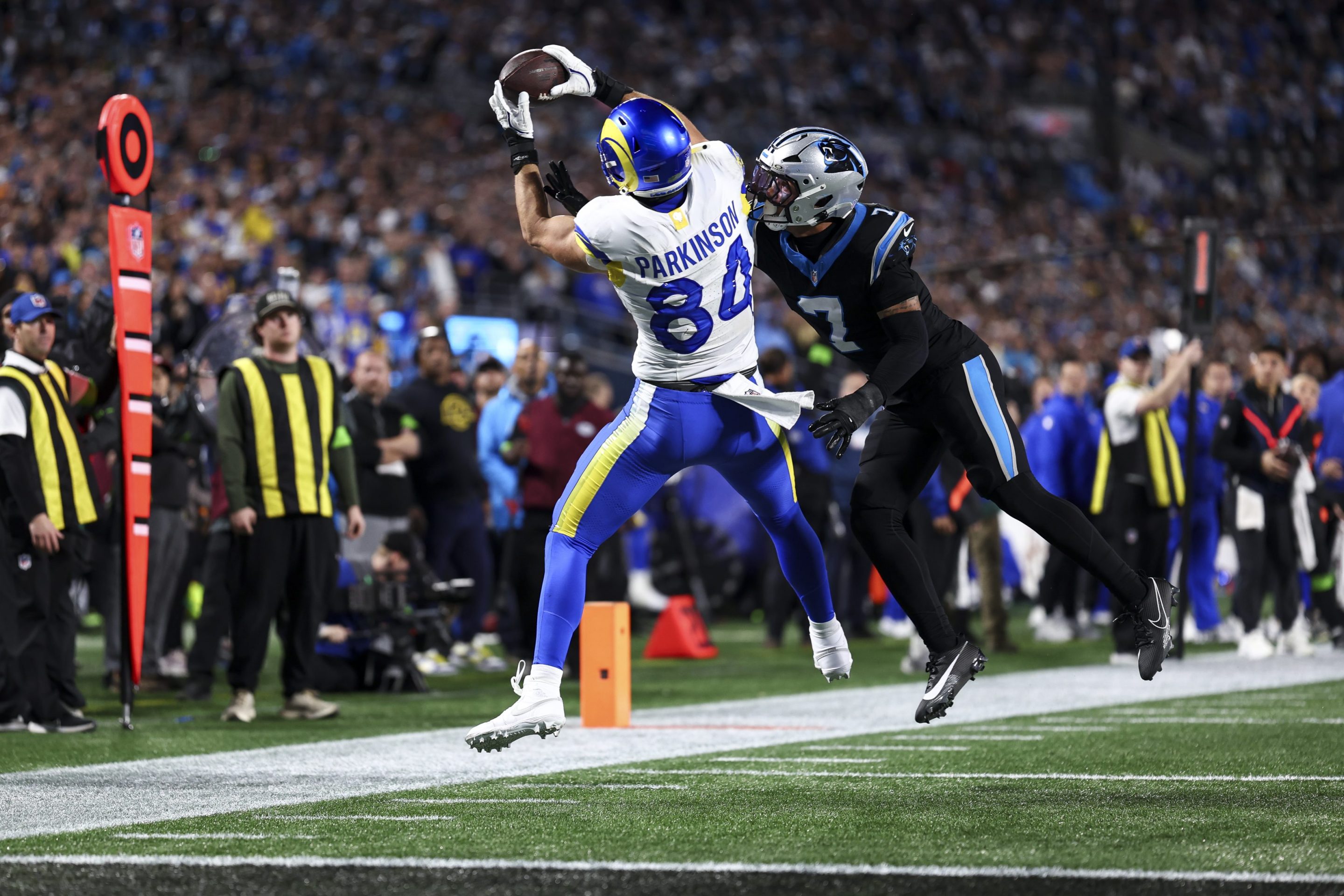If I ever go to see The Comeuppance again ... well, I would like to see it in a bigger space, because a work of this emotional scale could use a few more rows to play to. I’d also like to be in a seat where I can watch the audience as closely as the performers—the spots where they laugh, gasp, nod, uncontrollably mumble retorts, grimace, even avert their eyes. And—this is the most important part—I’d like that audience to be entirely made up of people in their mid-to-late 30s. And me, I guess.
The New York Times’ Jesse Green brought up the seminal baby boomer hangout flick The Big Chill when outlining this new off-Broadway play from Branden Jacobs-Jenkins. But with respect to the characters in that 1983 film, they haven’t dealt with half the shit that people born in the year it came out have lived through: the rise of school shootings, September 11, decades of war, economic crises, a global pandemic, and just a general state of precarity. Like anyone who’s grown up with these horrors, The Comeuppance carries all of them with it even as it covers something as ordinary as a get-together on a porch in the DMV, where the entirety of its two-plus hours takes place. And these stressors aren’t just background noise that millennials have been forced to absorb, but stimuli that have fundamentally changed their brains, though not necessarily in the same way. They give birth to nihilism and bitterness, or a desire for revolution, or a barely restrained acceptance, or something less nameable.
A 20-year high-school reunion is the catalyst for the play’s cast of five getting together. They’re all, mostly, former overachieving honors students at a Catholic school—nerdy enough that even today they’re still not all completely at ease when a character takes out a joint. And they’re all, mostly, part of an outsider group that self-consciously called itself MERGE, or “multi-ethnic reject group.” (There’s some question over whether the E stood for “Experience” or if it was more like a soft G.) There’s Emilio, a Berlin-based artist visiting the States for a show in New York. Ursula, who provides the porch and wears a patch over her left eye as the result of diabetes. Caitlin, who married an older man and has two stepchildren in their 20s. Kristina, an anesthesiologist with a big family, whose determination to make the most of a rare night off leads her to hire a limo, even though the rest of the gang thinks it makes them look like shitheads. The odd man out is Paco, Kristina’s ex-Marine cousin and Caitlin’s ex, invited by Kristina after returning from a rocky few years out west.
Paco bears the most explicit scars of the disasters of his generation, but there’s a larger presence on stage. It’s Death, or some abstract representation of it, who regularly stops the action and speaks through one of the actors, their voices modulated like they’re in witness protection. This version of Death is scary but not malevolent. It’s a force of nature, like a wolf or a flood, that doesn’t actually enjoy the fact that so many are terrified to meet it. It speaks with intelligence, with dark wit, and an understanding of humanity that stretches all the way backward and forward. From the start, its presence as a Greek chorus prepares us for the worst.
But in the perceptible world, it’s Emilio (Caleb Eberhardt) who possesses the power to freak out the people around him. He’s gone the longest without being in touch with these old friends—they don’t know until this night that he has a daughter—and as a consequence he’s the least afraid to deliver criticisms of their lives. Caitlin being married to a Republican ex-cop—who was in D.C., but not at the Capitol on January 6, she emphasizes—is an early sore spot. But as the play continues it’s clear that Emilio has a broader disappointment with the way his once-ambitious friends have turned out, and some unresolved issues of his own that date back to their time together. Eberhardt is tall, stylish, and handsome, but he’s got a talent for withdrawing into himself on stage when he feels wounded and then reappearing forcefully when he’s ready to pass a new judgment. Emilio’s a button-pushing prick at times, and he’s bothered at least some viewers of the play, but I don’t think you can fault the character’s ideals, or his emotional response to the times in which he’s been forced to live, even if it’s expressed without tact. Alienation and disillusionment are the most normal responses I can imagine—the true millennial experience. Some use that fact as a way to excuse the choices they secretly regret. Others use it to hold the people they care about to a higher standard.
Some plays are like a magic trick, in that they develop their plots and character arcs without even making you conscious that they’re doing so. The Comeuppance has one small literal magic trick of sorts—time stops when Death appears, is all I’ll say—but its structure is not a mysterious one. You can almost see the scaffolding on which the monologues and dialogues are hung to get to their dramatic destinations. If you’ve seen plays that force contrasting characters together in one location, you will be familiar with the build-and-release pattern.
That set-up is prevalent for a reason, though. There’s something viscerally thrilling in seeing a person, even a fictional one, crack and unleash the pent-up frustration of life in three dimensions right in front of you. Even better when they’re saying something that you can relate to. The lingering effects of lockdowns hang most prominently over The Comeuppance, as the characters attempt to reconstruct themselves, and their memories of each other, after so much isolation. But their burden doesn’t inherently make them noble. Anyone who has lived in the world for the past 25 years will find something familiar in one of these people to latch on to, an experience with the potential to be an unpleasant one. When one character punctuated a spiral with the desperate line “I have so many children!” a lot of people in the audience laughed, and it sounded like a nervous laughter.
The Comeuppance would be an upper-tier play if it just did this, and for most of its time, that’s what it is. But what elevates it to greatness is the core connection between Emilio and Ursula, played by Brittany Bradford. While her old friends see her as a bit of a charity case, isolated in her home while managing twin tragedies, she’s not crushed by disappointment, nor nursing some intense repressed desire. She is content to drink on her porch and catch up with people she’s known and loved for a long time, and it makes perfect sense that the play returns to her as its anchor as these relationships become irreversibly chaotic.
Ursula has dealt with a more personal version of that litany of destruction that millennials have navigated, from the very beginning of her life. Her mother died three days after giving birth, in a freak accident. Her dad left soon after. The grandmother who raised her alone is gone now too, and her disease has made her unsteady on unfamiliar terrain. But being affected so intimately by the worst of the world seems to give her greater empathy. By contrast, Emilio, as Death tells us, is the least familiar of the group with its work, having lost no one more than distant, older relatives. Emilio and Ursula form the opposite poles that could define this generation—the man angry at the world for not being what it could, and the woman who loves it for what it is.
The Comeuppance is at Signature Theatre, 480 West 42nd Street, until July 9.
